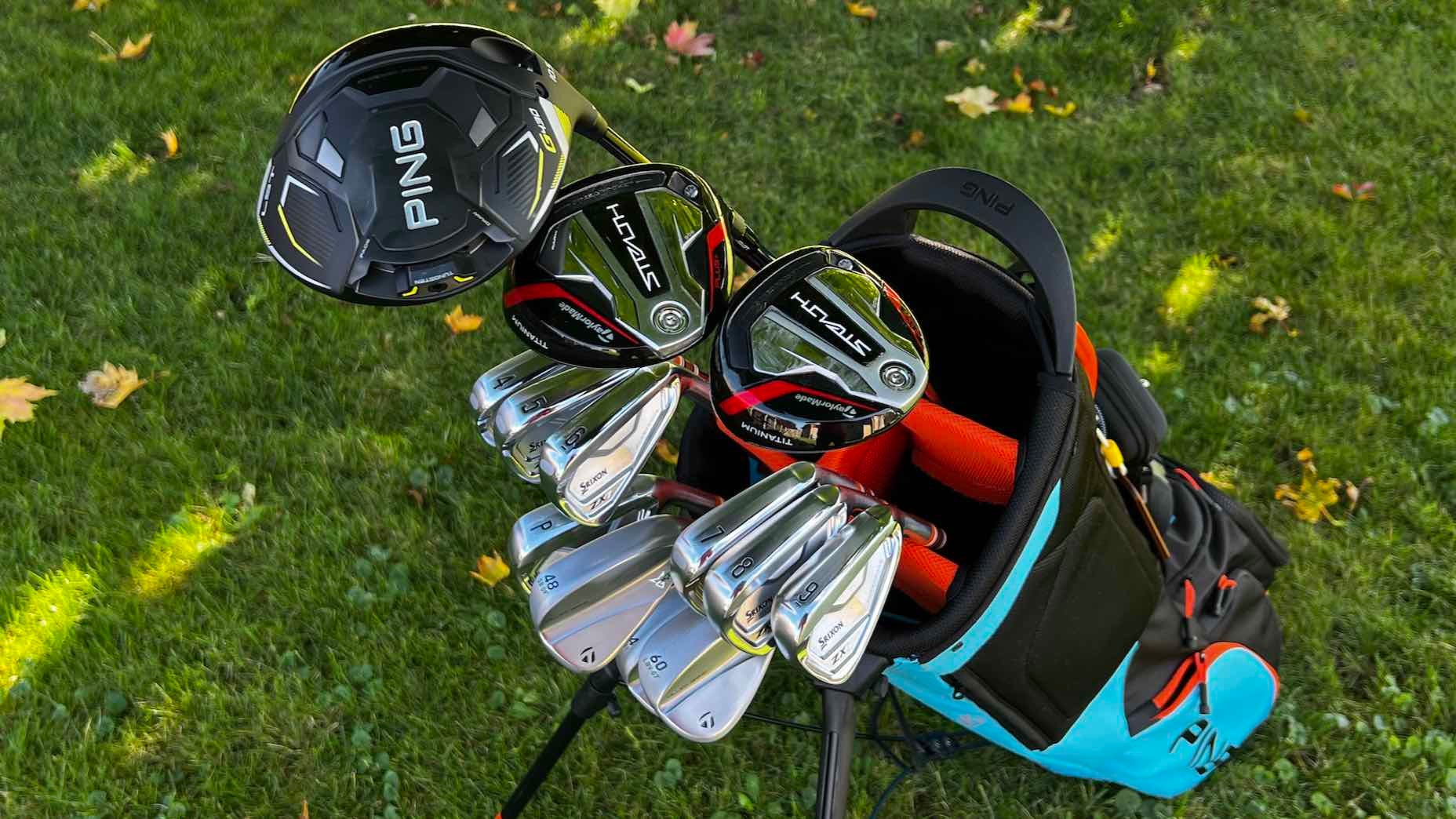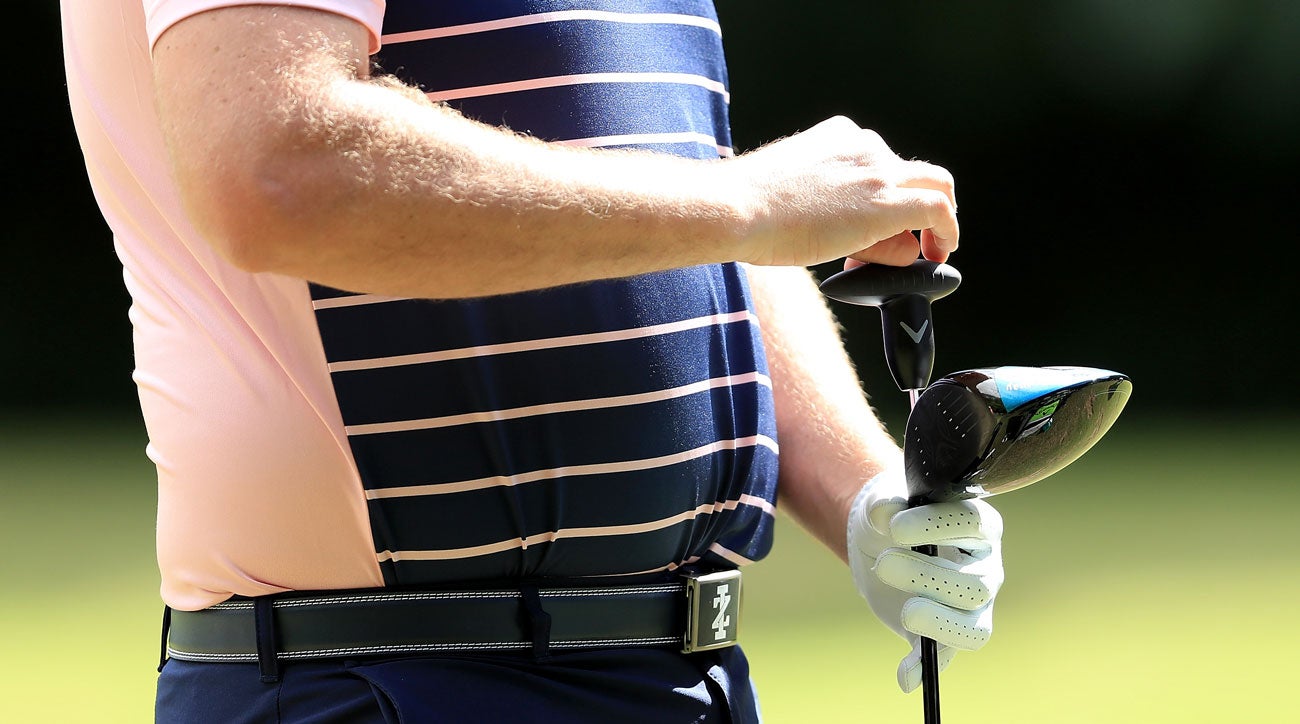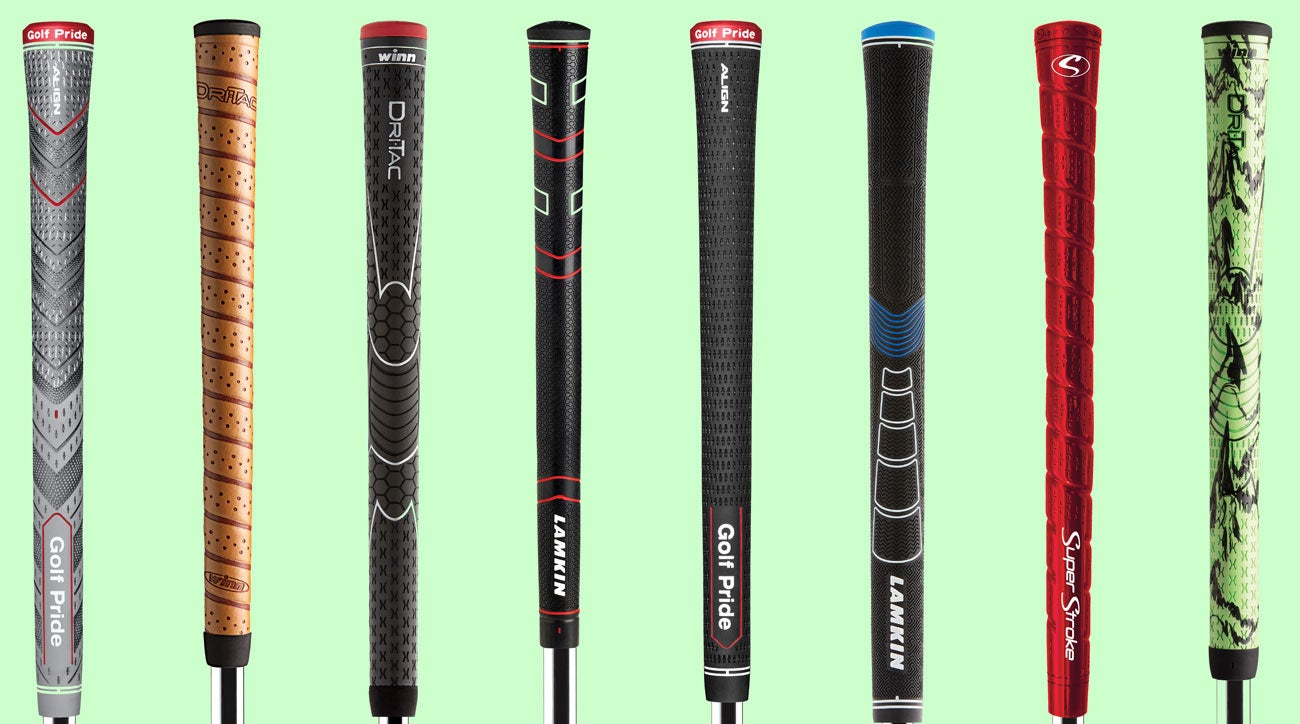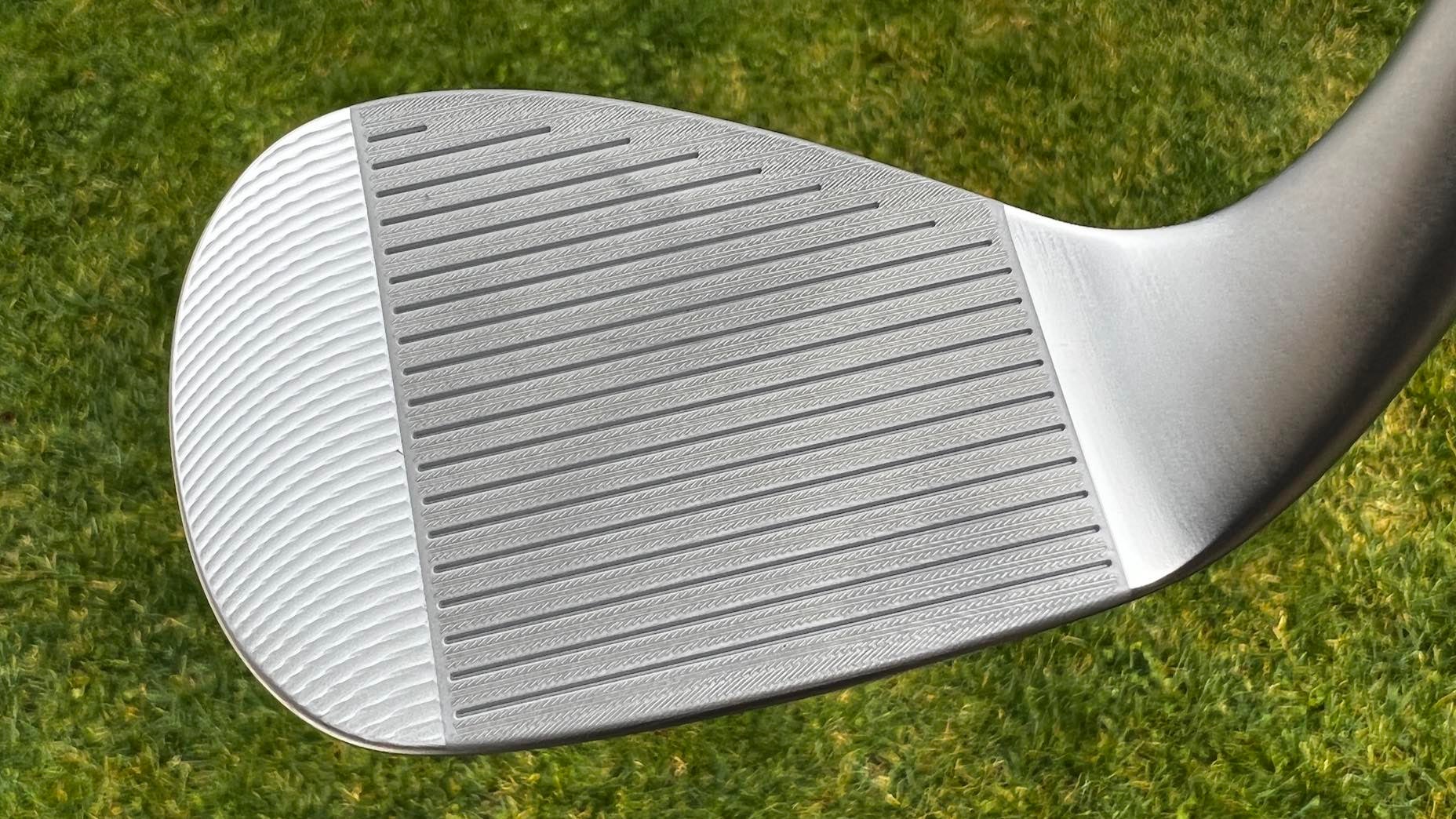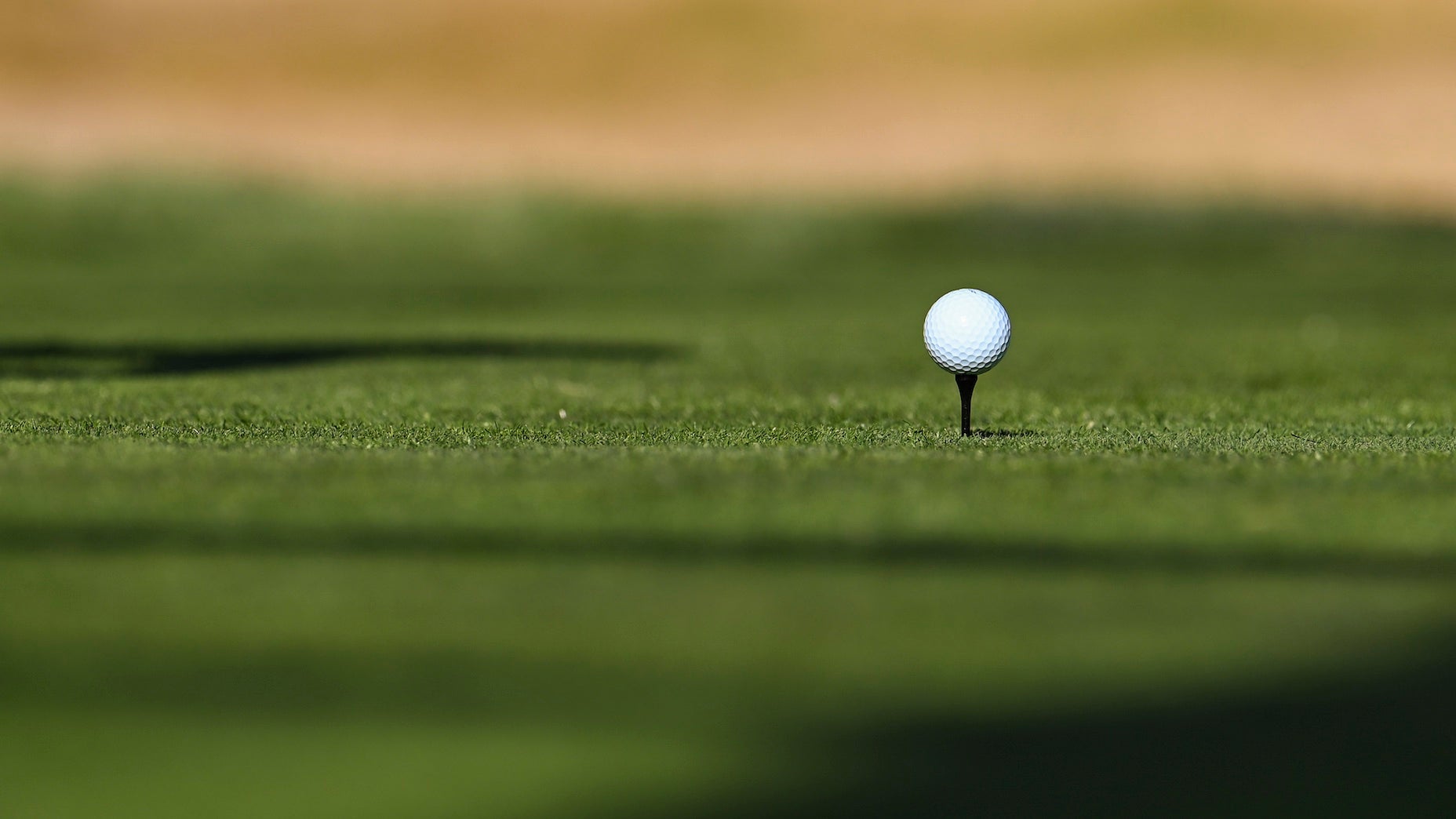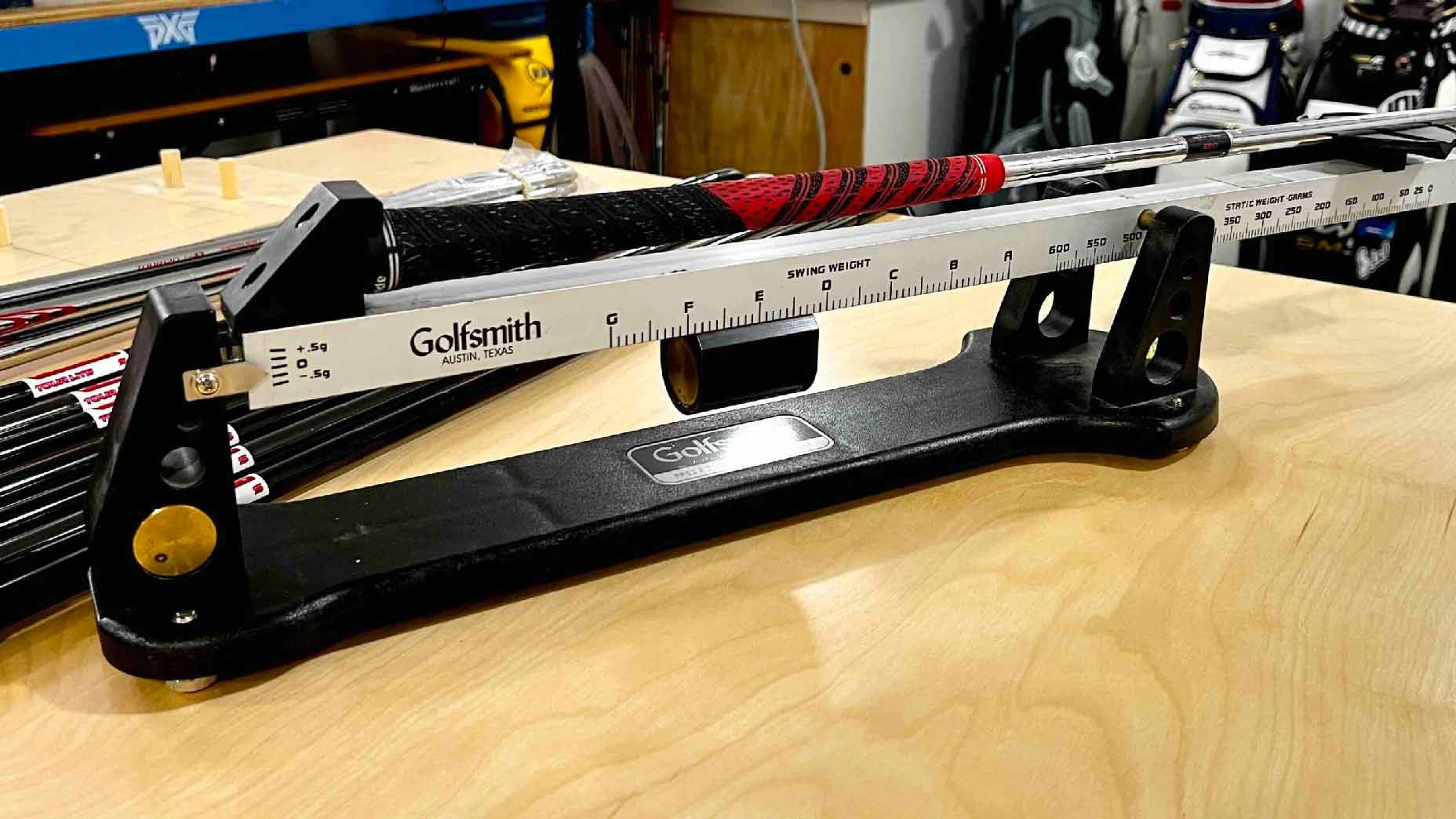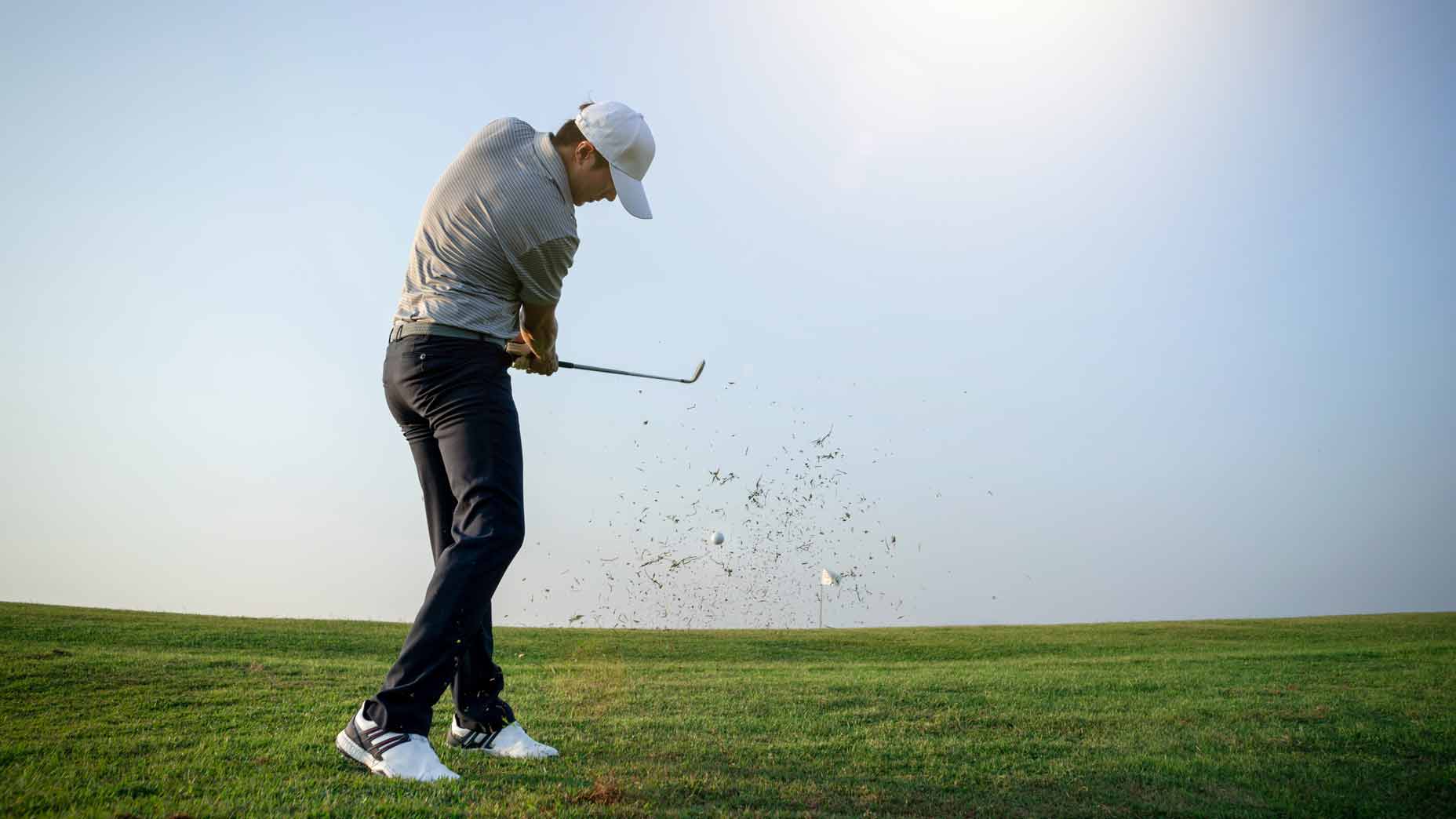Gear Questions You’re Afraid to Ask: Will new equipment improve your ball-striking?
- Share on Facebook
- Share on Twitter
- Share by Email
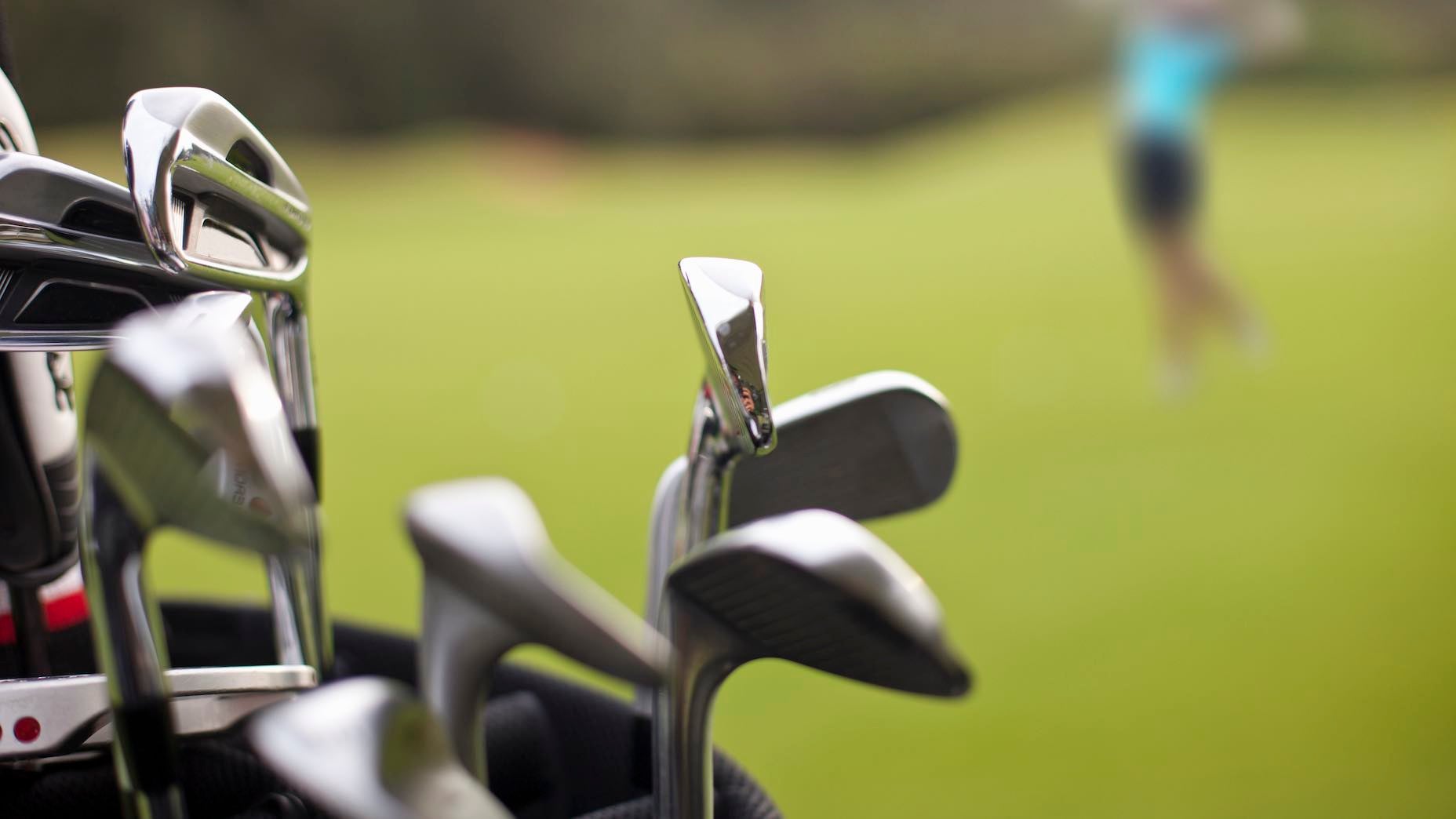
Getty Images
What does ball-striking really mean? In the simplest terms, ball-striking refers to how well or how often you make contact with the sweet spot on the clubface.
What’s the sweet spot? It’s the club’s center of gravity — a location on the face where maximum energy transfers into the golf ball. Better ball-strikers, i.e., professionals, miss this spot on occasion but generally are very consistent, meaning their misses aren’t nearly as penal as a recreational golfer.
As for amateurs, well, we have a knack for getting our money’s worth, and depending on the club and your handicap, we’re prone to using up all the real estate made available on today’s clubfaces. And because we miss high, low and toward the heel and toe on the clubface, equipment manufacturers are constantly trying to develop new technologies to make our miss-hits less severe.
So far they’ve done an incredible job. Golf clubs — meaning irons, fairway metals and drivers — have definitely hit peak forgiveness levels. What you can buy today is more forgiving than at any point in golf’s history. Yet, even with such grace when it comes to our propensity to hit it off-center, we can’t help but wonder — does all this added forgiveness help or hurt us in the long run?
Are we spending less time working on improving our swings in favor of buying new equipment that lessens the significance of a missed sweet spot?
It’s an interesting conversation for sure, and no doubt one full of opinions. To help shore up the perspective from an equipment junkie like myself, here are six points you should know relative to new equipment tech and how it influences how well you play.
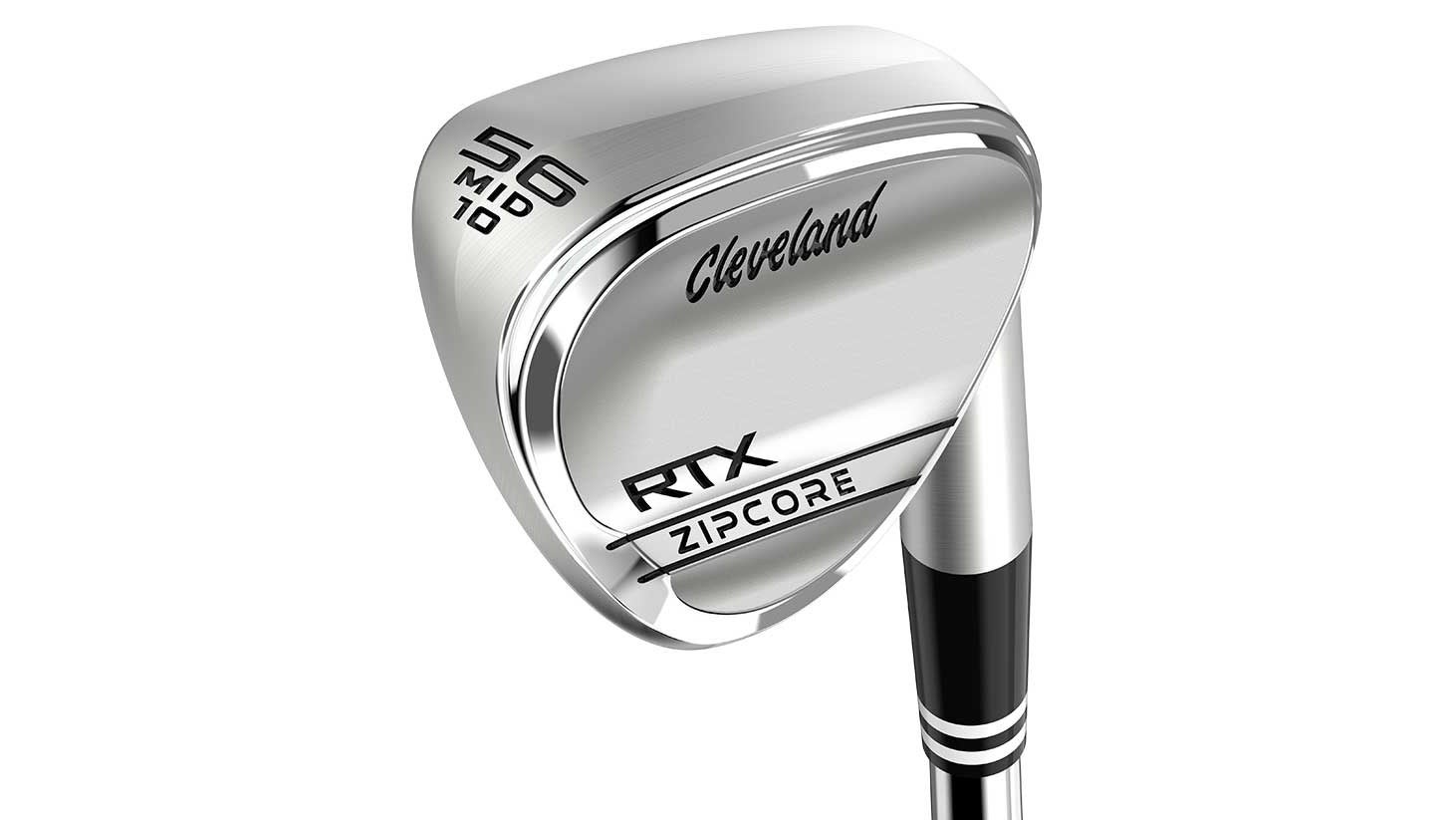
Cleveland RTX ZipCore
1. Custom fitting matters
Let’s get the obvious one out of the way: If you get new clubs that are also custom-fit, it’s extremely likely that they’ll outperform a set off the rack — no matter your skill level. You’ll probably swing better too.
Here’s an example: If your shafts are too light that can wreak havoc on your tempo, or if they’re too long, you might be forced to swing too flat, and so on. A custom-fit set can alleviate those issues and enable you to focus more on your natural swing.
2. Bigger isn’t an option
Chalk this one up to clever marketing, but a sweet spot really can’t be made bigger. It’s a spot on the face indicating the center of gravity of the clubhead, and maximum energy transfer occurs when the center of the golf ball strikes against it. Any claims to make the spot bigger refer to lessening the distance/speed loss on off-center strikes, not on making the center of gravity any bigger.
3. Forgiveness doesn’t always equate to accuracy
When you pick up a new driver that comes with “added forgiveness,” what that really means is you’re going to get some forgiveness in terms of distance loss, not on accuracy. It’s even possible that added forgiveness may mean your misses will fly even more offline because you’re hitting it farther. Accuracy on the other hand comes from improving both your clubface angle and swingpath at impact, and still generally mandates you hit the sweet spot to avoid excessive twisting of the face at impact.
There are some head-weighting variables and shaft characteristics that can help improve your accuracy, but hitting it all over the course is likely a swing problem more than it’s a club problem.
4. Stay in your lane until you’re ready to level up
A new club or clubs can help you score, so long as you stick to the category that best matches your ability and shot tendencies. For example, if you’re a high handicapper, buying a set of forged blades probably won’t help you and could very likely make you worse.
On the other hand, if you’re a low handicapper looking to shave those last few strokes off your handicap, a set of oversized distance irons probably won’t be what you need to dial in your approaches. Stick to the category of gear that’s right to you if you want your clubs to go to work for you. And speaking of that good player again — this may mean sticking with an iron set that isn’t new.
5. Make a change in your bag with a set of wedges first
Maybe you need the confidence boost that tends to come with carrying new clubs in your bag. Or maybe you’re just bored with what you have and how your clubs perform — either way, a practical way to refresh your set without going all-in on everything at once is to start with a new set of wedges.
New wedges have sharper grooves (always a good thing), and now come in a huge assortment of head shapes to fit practically any type of player. Case in point Cleveland’s new CBX 2 wedges that come with a hollow cavity design for improved distance control and forgiveness and a Rotex milled face for added bite. Put a pair of these in your bag and watch your confidence bump up without draining down your wallet.
6. Remember the definition of insanity
Change can be a very good thing when it comes to your equipment. And unless you’re willing to try something new, you’ll never really know if you have the wrong clubhead with the right shaft, or vice versa. You’ll never know if your irons are a degree too upright or flat, or that your grips have the wrong diameter. The worst possible thing you can do to your ball-striking and ability to play golf is to keep pounding golf balls over and over with the same swing and the same gear and expect different results.
That’s insane — literally. If swing changes aren’t realistic, try some new clubs with the help of your local club-fitter and see if changing things can help you get better. You’ll never know for sure until you’re ready to give something new a try.
Latest In Gear

Ryan Noll
Golf.com Contributor

